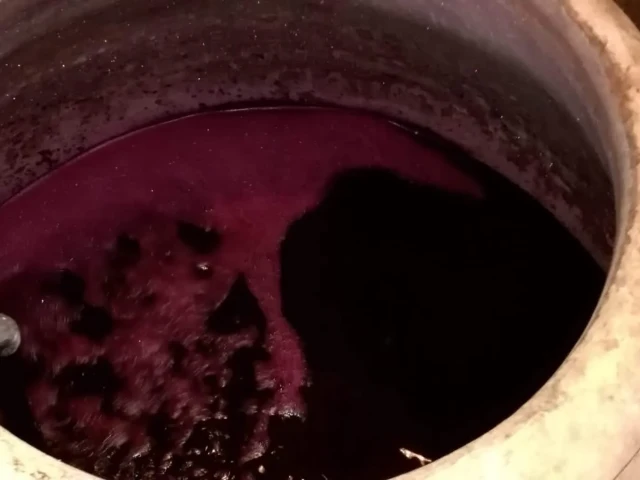The importance of racking in wine making
Among the stages for wine production there is one that, despite being fundamental, is not as well known as maceration or alcoholic fermentation, among others. It's about the transfer.
The racking or transfer consists of moving the wine from one tank to another so that we can separate the liquid wine from the dregs that have been generated from being in the initial tank and that have been precipitated by decantation during fermentation and also to rest in it.
It is crucial to obtain a quality wine and now we explain why.
These precipitates generated contain yeasts, bacteria and remains that can alter the flavor or olfactory nuances of our wine, so it is important to remove them as soon as possible.
In addition, we get some of the gas carbon dioxide that may remain in the wine disappears from it. The importance of racking is greater in red wines for this reason, since in these wines it is where CO2 can generate the most problems.
In addition, racking manages to homogenize the wine both in terms of flavor and in terms of its aromas. Precipitates can alter the wine differently in different parts and cause them to have different characteristics. So, if we taste wine from the top part of the tank it is different from if we taste it from the bottom part, for example.
Depending on the wine, the frequency and number of racking varies. It also affects whether the production is done in a barrel, or in stainless steel tanks.
Although the oxidation of the wine is a problem, the overoxidation generated by racking is positive, the problem we have is if we have oxidation with the rest came.
Many people make racking coincide with specific lunar phases because it has traditionally been done that way in many areas, due to the lunar influence on wine making, a mystery...
In the past, transfers were done by hand, currently pumps are used to help us minimize labor costs and automate the process more and make the cleaning of the wine through racking more thorough, as well as eliminating the turbidity of the wine and stabilizing it.
